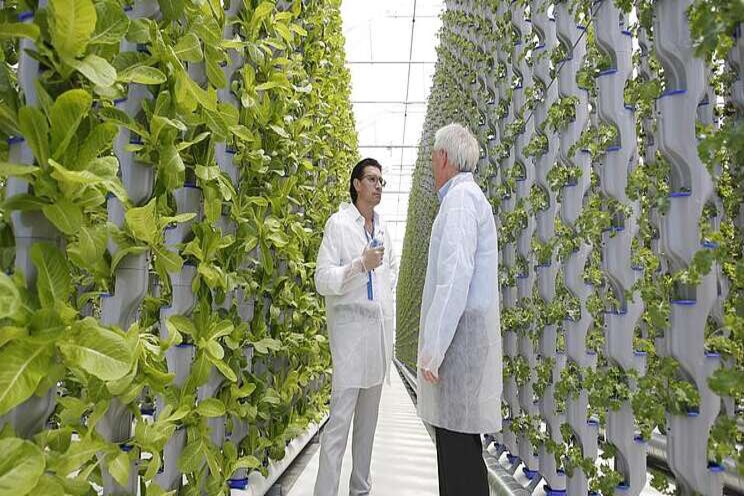Vertical indoor farms make sense
Added on 14 January 2021

The company, which makes intensive use of robots and algorithms for watering and providing nutrients for fruit and vegetables, closed a $140 million funding round in October, bringing total investment to $500 million and reflecting the growing interest in this type of technology. Other companies also in the San Francisco area, such as Iron Ox Robotic Farms, also rely on robotization throughout the process, from planting to plant feeding and harvesting, and report similar yields.High density cultivation and control throughout the production cycle reduce the incidence of pests and diseases, along with reduced transportation costs, meaning the main expense is labor (hence the need for robotization), along with the initial installation investment and energy, which is increasingly cheaper and more efficient thanks to the development of solar energy and LED technology for lighting.
Another company, Finland's iFarm, founded three years ago, , raised $4 million in an initial investment round in August. The company provides technology to about 50 projects in Europe and the Middle East covering a total of 11,000 square meters, and is capable of automating the care of about 120 varieties of plants, with the goal of reaching 500 by 2025 (the firm says it adds 10 new varieties each month).
Others, such as Rise Gardens, which raised $2.6 million in seed capital at the end of May, provide hardware and software kits for home hydroponics, which can be assembled in less than an hour and come in three different sizes, IKEA style, which also has a similar product. Others, such as Germany's Infarm, offer these facilities to businesses such as stores and restaurants, and have also attracted investors' interest.
And there are many more: Eden Green, Bowery Farming, BrightFarms, Freight Farms, AeroFarms… a fast-growing sector that points to a future for vertical and indoor farming. A completely different model from that of conventional farms (which are also being heavily technologized), and that can be installed in any industrial building or even in containers (or in space, if need be), and that promises a transformation similar to that from growing crops under plastic. Will the vegetables we consume in the future come from this type of innovative farms?
Photo Credit: Brandon Wade/AP Images for Eden Green
Source: Forbes
Source: Forbes
More news















